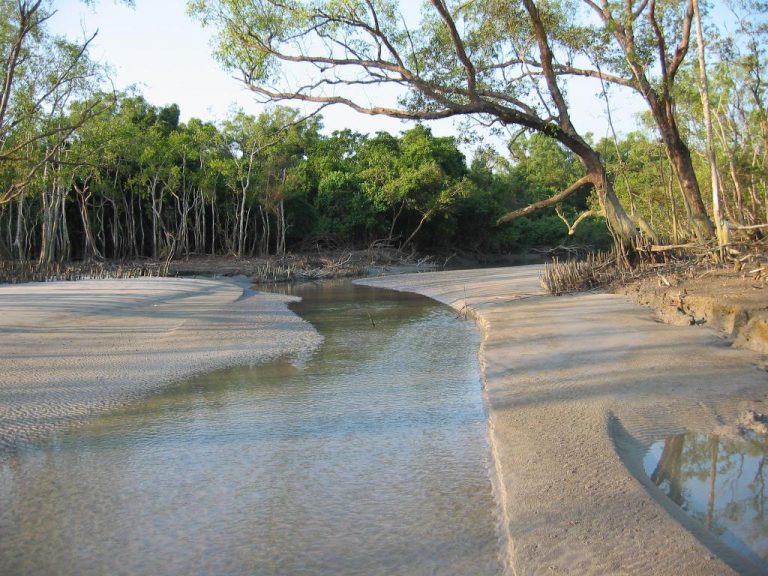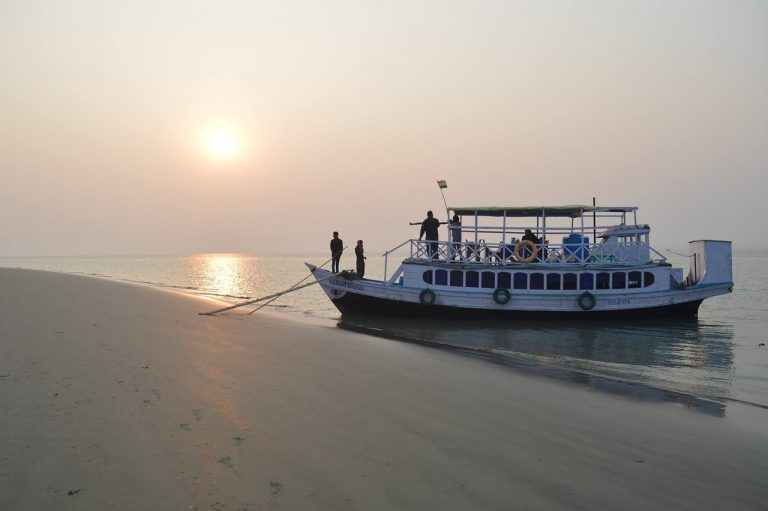The Sundarbans is a vast delta region located in the southern part of West Bengal, India, and is renowned for its rich biodiversity and unique ecosystem. It is a UNESCO World Heritage Site and is home to the Royal Bengal Tiger, as well as a wide range of other flora and fauna.
How many islands are there in Sundarban in India?
The Sundarbans is a cluster of islands, and it is often difficult to determine exactly how many islands there are.
The number of islands in the Sundarbans depends on the criteria used to define an island, as well as the method of counting. Some estimates put the number of islands at around 102, while others suggest that there may be over 200.
One of the main reasons for the difficulty in accurately determining the number of islands is the constant shifting of the delta due to tidal action and other natural phenomena. Islands in the Sundarbans are formed by silt deposits carried by the rivers that flow through the region, and these islands are constantly evolving.
Despite the challenges in counting the exact number of islands in the Sundarbans, there are several large islands that are widely recognized. These include Sagar Island, Ghoramara Island, Bali Island, and Gosaba Island. These islands are inhabited by local communities and are also popular tourist destinations.
Sagar Island, also known as Gangasagar, is the largest island in the Sundarbans and is home to the famous Gangasagar Mela, a Hindu pilgrimage that takes place every year in January. Ghoramara Island, on the other hand, has been severely affected by climate change and erosion, and many of its residents have been forced to relocate to nearby islands.
Bali Island is home to the Bali Nature and Wildlife Conservation Society, which works to protect the region’s biodiversity and raise awareness about conservation issues. Gosaba Island is where the Sundarbans Tiger Reserve is located, and it is one of the main entry points into the Sundarbans.
In addition to these large islands, there are numerous smaller islands and sandbars in the Sundarbans that are also of ecological and cultural significance. These islands are home to a diverse range of plant and animal species, as well as local communities that have adapted to the unique conditions of the delta.
Overall, while the exact number of islands in the Sundarbans may be difficult to determine, it is clear that the region is home to a rich and unique ecosystem that is worth protecting. Efforts are underway to conserve the region’s biodiversity and promote sustainable development, and it is hoped that these initiatives will help to ensure the long-term survival of this important ecosystem. You can always go an Sundarbans trip to explore the Sundarbans yourself. Maa Laxmi Travels is always there to help you with you excursions to Sundarbans.






